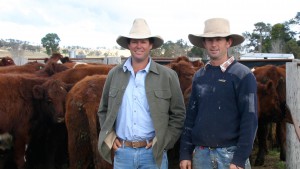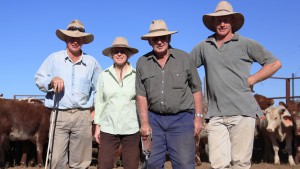Polledness, or the absence of horns, is an important trait being actively selected for within many beef breeding programs across Australia. Unlike many traits of importance to beef producers, polledness is a qualitative trait controlled entirely by genetics, with non-genetic factors having no influence on the polled status of an animal. Animals can either be polled, horned or scurred (small horns not attached to
the skull), although considerable variation in expression is observed within these three different phenotypes.
The genetics of polledness is thought to be controlled by only a few genes, with the polled gene thought to be located in
a region of the animal’s DNA on chromosome 1. Two basic alleles (ie. different forms of gene) have been identified for the polled gene, the polled allele and the horned allele, with each animal inheriting two alleles for polledness, one coming from each parent.
The polled allele is dominant over the horned allele, so that only animals which are homozygous horned (ie. inherit two horned alleles – referred to as hh) will be horned. Animals that are homozygous polled (ie. inherit two polled alleles – referred to as PP) or are heterozygous polled (ie. inherit one polled and one horned allele – referred to as Pp) will be either polled or scurred.
The scurs gene (Sc) interacts with the polled gene and is only expressed when the poll allele is present (e.g. in animals with the genotype PP or Ph). The scur gene can present itself phenotypically when an animal is either homozygous
or hetrozygous poll and is not linked to the horn gene.
The expression of the scurs gene is also sex dependant,
so that males only need one copy of the scurs allele to be phenotypically expressed (Scsc or ScSc) whereas females need two copies (ScSc).
2015 News
possible that their phenotype does not reflect their underlying genotype. For example a polled or scurred animal may
be heterozygous polled (Ph), possessing one polled and
one horned allele, or homozygous polled (PP), possessing
two polled alleles. In scenarios where the polled animal is heterozygous polled, their progeny will on average, inherit a horned allele, rather than a polled allele, 50% of the time.
As with other traits, individual sires contribute proportionally more to the genetics of the herd and so careful selection of sires with polled genetics results in the biggest gains. This may involve use of polled bulls as a basic principle, but where available, use of sires that have been identified by a DNA test as being homozygous polled will greatly increase the speed by which a herd can transition to a polled herd.
Breeders who are able to apply a level of selection pressure to their cow herd can also use the same philosophies that have been outlined for bulls. Retaining only polled or scurred females will increase the frequency of polled genes within the herd.
Importantly, breeding for polledness should always be balanced with selection for other traits of economic and functional importance within the breeding objective. Simply selecting for polledness without any consideration of other important traits is not recommended as it may potentially compromise the genetics of animals for these other traits.

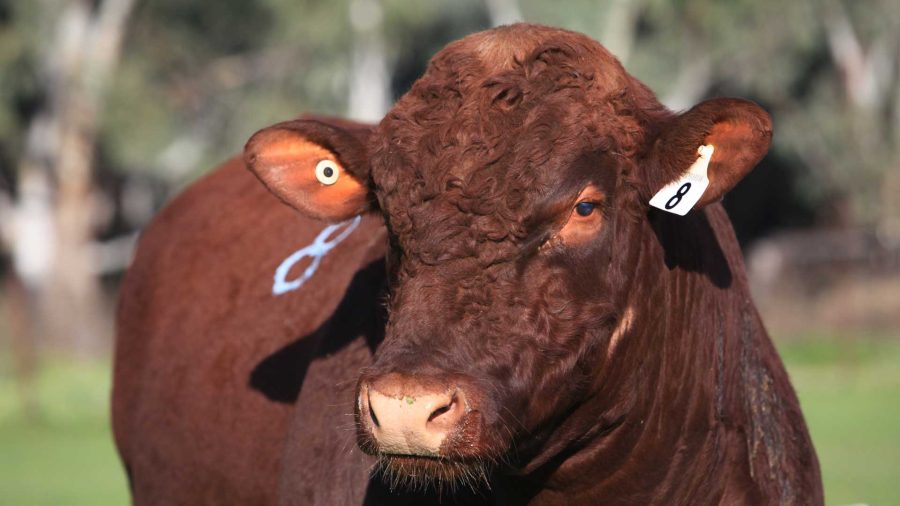
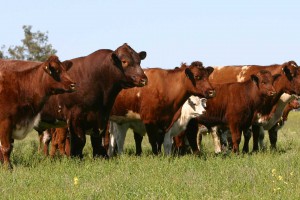

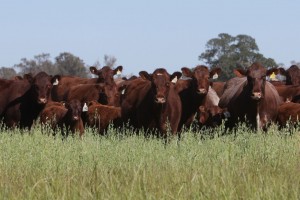






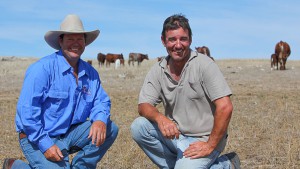
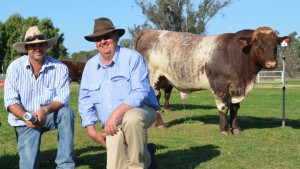
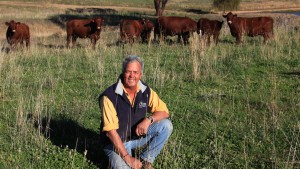
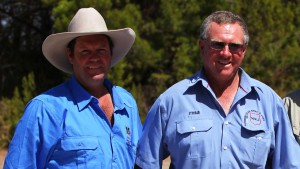 “Yamburgan cattle are cattle that com- bine performance and docility and are sought after by both lot feeders and grass finishers who consistently comment on the high percentage of the cattle that meet the highest specifications.”
“Yamburgan cattle are cattle that com- bine performance and docility and are sought after by both lot feeders and grass finishers who consistently comment on the high percentage of the cattle that meet the highest specifications.”